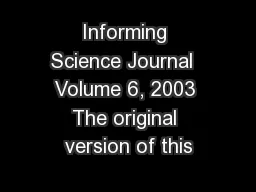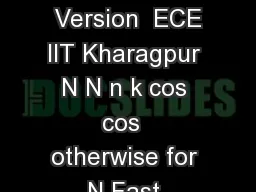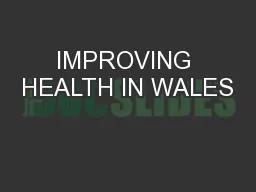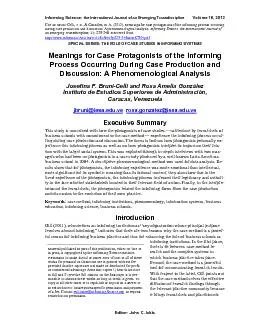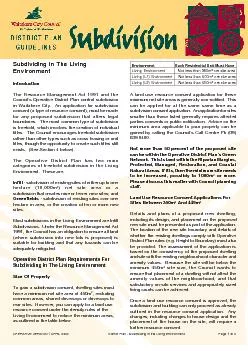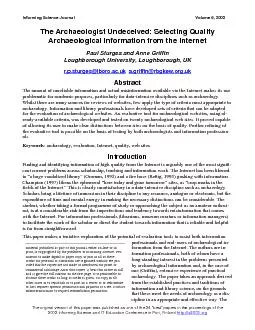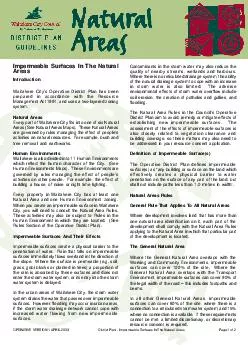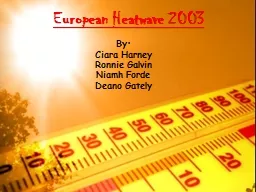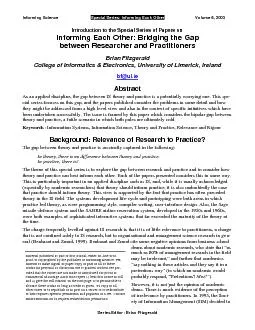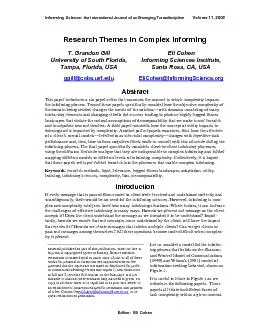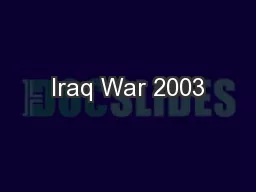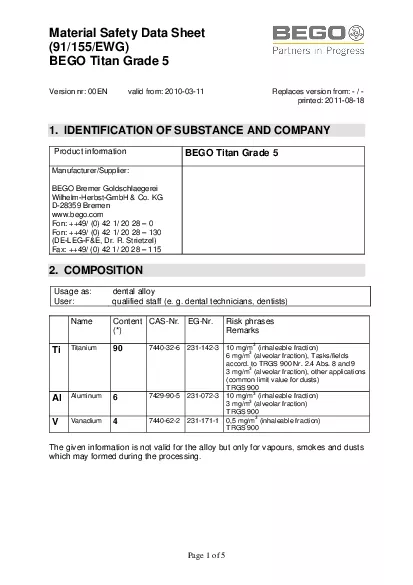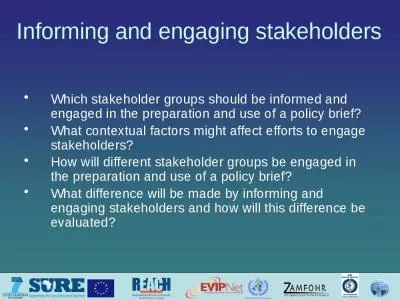PDF-Informing Science Journal Volume 6, 2003 The original version of this
Author : myesha-ticknor | Published Date : 2016-08-17
The Archaeologist Undeceived Selecting Quality Archaeological Information from the Internet Paul Sturges and Anne Griffin Loughborough University Loughborough UK
Presentation Embed Code
Download Presentation
Download Presentation The PPT/PDF document "Informing Science Journal Volume 6, 200..." is the property of its rightful owner. Permission is granted to download and print the materials on this website for personal, non-commercial use only, and to display it on your personal computer provided you do not modify the materials and that you retain all copyright notices contained in the materials. By downloading content from our website, you accept the terms of this agreement.
Informing Science Journal Volume 6, 2003 The original version of this: Transcript
Download Rules Of Document
"Informing Science Journal Volume 6, 2003 The original version of this"The content belongs to its owner. You may download and print it for personal use, without modification, and keep all copyright notices. By downloading, you agree to these terms.
Related Documents

